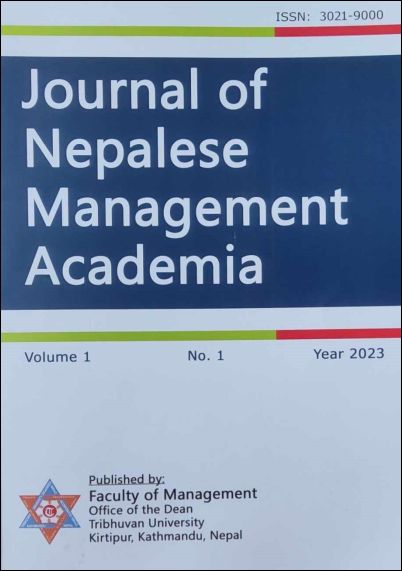Product features and consumer preference for soft drinks in Nepal: A comprehensive analysis
DOI:
https://doi.org/10.3126/jnma.v1i1.62031Keywords:
Consumers' preferences, ingredients, quality flavor, soft drinksAbstract
Soft drinks are gaining popularity, even in Nepal. Product features are focused on advertising soft drinks because they are critical in meeting the expectations of customers. The study intended to assess the relationship between ingredients, quality, and flavor in soft drink preferences. A descriptive and causal research design was used in this study. This survey relied heavily on primary data. To obtain preliminary data, a four-point Likert scale questionnaire survey was created. This study employed a convenience sample technique to identify 315 respondents from the Kathmandu Valley who had previously consumed soft drinks in order to collect the relevant data. The study adopted cross tab, independent t-test, and correlation to analyze the data. The quality, ingredients, and flavor are positively correlated with consumers' preference for soft drinks. As per the result quality is the first preferable factor to select soft drinks and it has a high correlation with consumers’ preferences. It assures customers to make them ready to purchase particular soft drinks. So the company should maintain the standard of quality of the product by using high-quality ingredients to meet the consumer's expectations and the company also need to maintain the standard of flavor to build up the company’s image. The future researcher can survey taking another factor with a large sample using different methodologies to examine the consumer’s preference for soft drinks.




